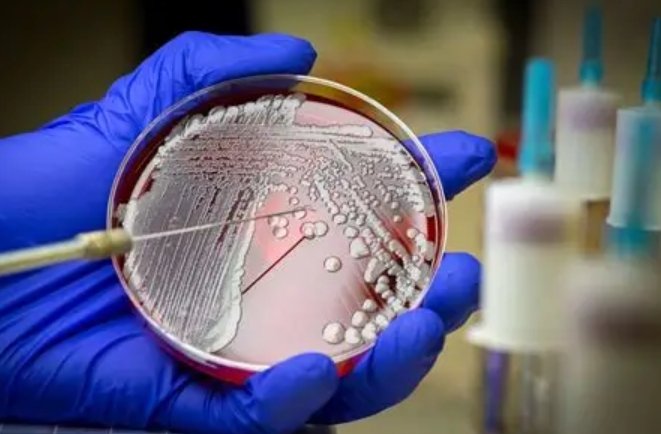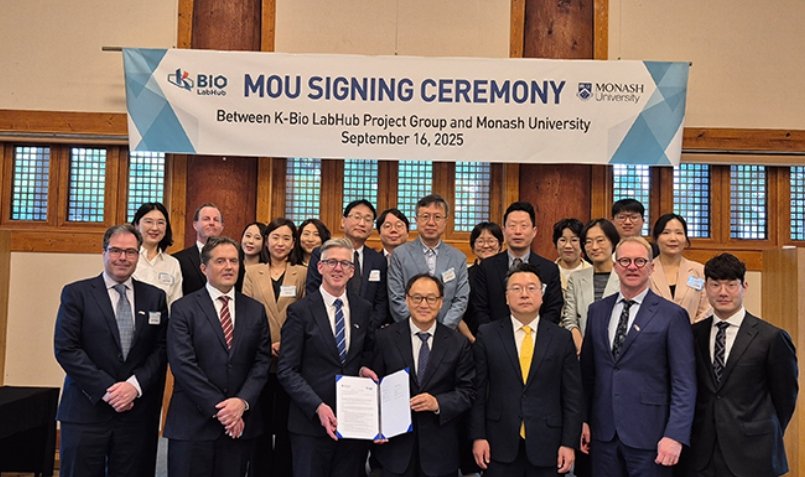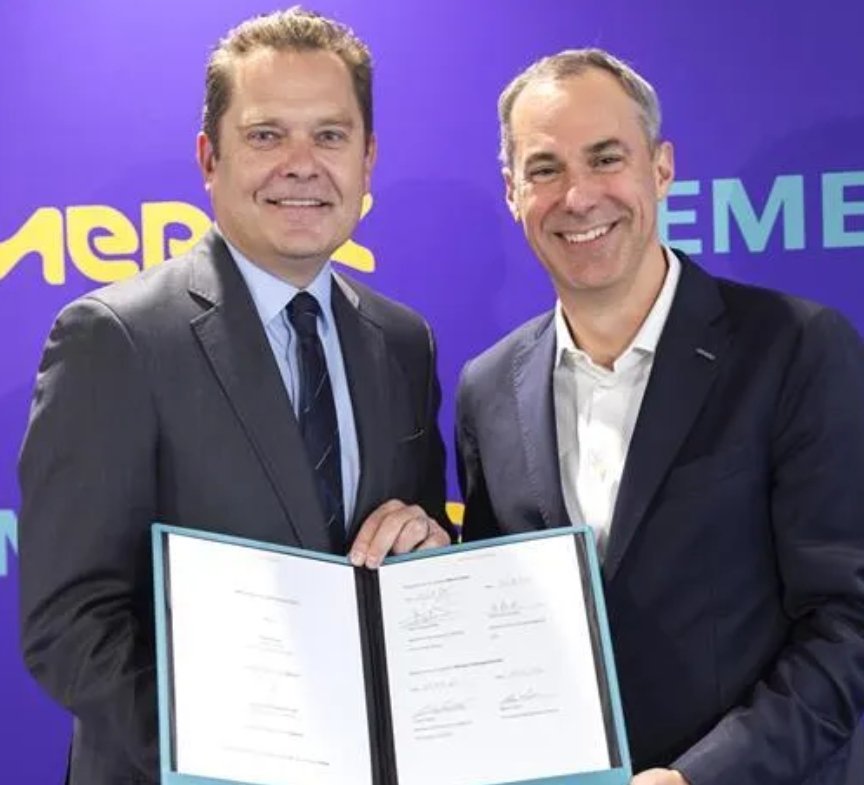
Photo Credit: CUHK, China
The Chinese University of Hong Kong (CUHK) has recently developed a fully automated, low cost and rapid microrobotic diagnostic system with comparable sensitivity and specificity to clinical detection methods. The research team is now studying the application of this microrobotic system for multiple pathogens including the COVID-19.
This system has been developed by a collaborative research team led by Professor Li ZHANG, Associate Professor, Department of Mechanical and Automation Engineering, Professor Margaret IP, Professor, Department of Microbiology, Professor Joseph SUNG, Mok Hing Yiu Professor of Medicine and Director of the Institute of Digestive Disease, and Professor Sunny WONG, Associate Professor, Department of Medicine and Therapeutics.
Professor Li ZHANG and his team have developed an innovative microrobotic detection system, integrating the novel fluorescent microrobots with an external magnetic actuation system to accurately detect specific pathogens in a short time. The microrobotic sensing probes are G. lucidum spores coated by a layer of iron oxide nanoparticles and functionalised with carbon dots. By analysing the changes in the fluorescence signal of the microrobots under green light excitation, the system can determine the presence of pathogen in patients’ samples. In addition, the system uses an external magnetic field to remotely actuate the microrobots, speeding up the fluorescence quenching and thus shortening the detection time.
The first generation of microrobotic detection system, “QuickCAS”, aims at detecting Clostridium difficile (C. diff), a common pathogen of nosocomial infection. The research team is now entering clinical trials, with the goal of testing in hospitals next year. In view of the pandemic disease, the team has worked closely with Professor Margaret IP in utilising the microrobotic detection system for the COVID-19 diagnosis. The development of multiple pathogens detection using the microrobotic detection system is underway, covering common pathogens such as Streptococcus pneumoniae, Salmonella, pathogenic Escherichia coli and Helicobacter pylori, and it is expected to benefit medical institutions worldwide.
Current chemical detection methods rely on the reaction between pathogen and biomolecular reagents. These bioreagents typically need to be refrigerated or frozen to preserve their structure and viability. On the other hand, the microrobots are stable for transportation and storage under room temperature. Professor Li ZHANG said, “As QuickCAS uses physical detection methods, the reagents do not require refrigeration. It successfully breaks through the pain points of current chemical detection methods. In the future, medical centres in remote and poor areas or small scale healthcare service providers will have the opportunity to provide accurate clinical diagnostic services.”
Additionally, the existing methods of C. diff detection take 2 to 4 hours, but QuickCAS only takes 15 to 30 minutes to complete, and the cost has been greatly reduced from approximately HK$300 to about HK$50 per test. The automated system can not only provide hospitals with timely diagnosis and treatment for patients, but also reduce the workload and the risk of infection of medical staff during laboratory tests. Moreover, infection controls can be implemented earlier to prevent infection outbreak. By simplifying the testing procedures, even junior laboratory technicians with only basic training can operate the system, alleviating the pressure from the current shortage of experienced laboratory technicians.




